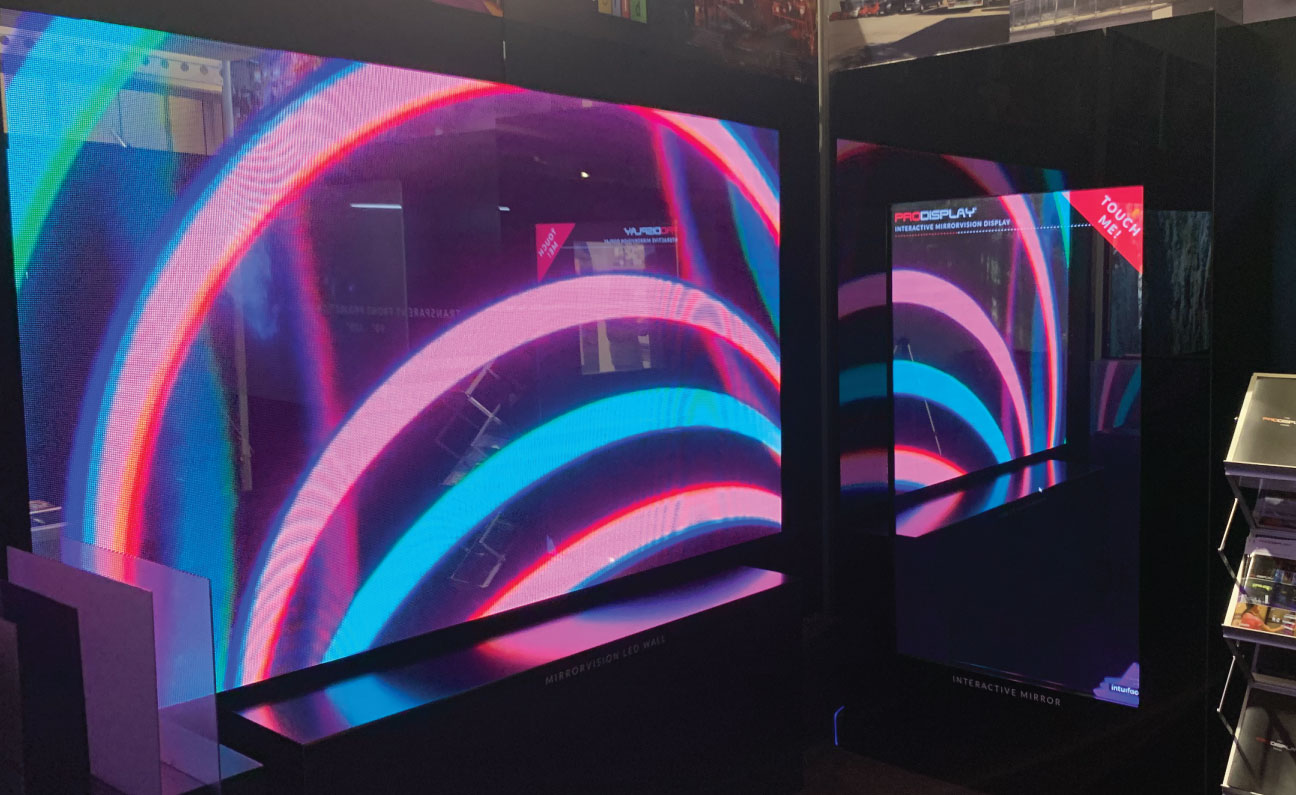Effective Tactics for Addressing Overheating Issues in LED Wall Panels
Wiki Article
LED wall screens are progressively popular for various uses, including advertising, events, and electronic screens. Nevertheless, overheating is a significant issue that can affect their performance and lifespan. When LED screens overheat, they may dim, color shift, or even malfunction entirely. Understanding the causes and implementing efficient methods to control heat can assist maintain the optimal function of LED wall panels. This piece will explore several strategies to address overheating challenges associated with these devices.
One effective strategy for preventing overheating in LED panel panels is ensuring adequate ventilation. It is crucial to place these screens in settings where air flow is sufficient. This can be accomplished by placing the panels in a well-ventilated area or using fans to enhance ventilation around the devices. Additionally, if the panels are mounted in a confined area, establishing gaps or implementing vents can help dissipate heat more effectively. Keeping a cooler ambient temperature is vital, as it immediately affects the performance and lifespan of LED wall screens.
Another way to address excess heat is through the use of thermal management substances. These materials can help absorb, dissipate, or redirect heat away from the LED elements. Heat sinks are commonly used in many digital units, such as LED panels. These metallic elements pull heat away from the light-emitting diodes, permitting them to function at a more secure temperature. Additionally, thermal compound or pads can be utilized to enhance heat transfer between the LED chips and the thermal sinks, further boosting their cooling efficiency.

Routine care and monitoring of LED wall panels also play a vital role in preventing excess heat. Dust and grime can accumulate on the surfaces of these panels, obstructing airflow and trapping heat. Regular cleaning, using appropriate tools, will keep the panels free from obstructions. Furthermore, monitoring the temperature of the panels can help identify excess heat problems before they turn into critical. Using heat monitors can provide important information, enabling users to led video wall technology take remedial steps if the panels begin to exceed secure functioning heat levels.
The implementation of cutting-edge technology can also help address overheating challenges in LED wall panels. Many modern LED panels come fitted with built-in heat control systems. These systems can instinctively modify the luminosity of the screen based on the heat level, reducing heat generation when necessary. Additionally, software solutions can monitor the performance of the panels and provide notifications if excess heat is identified. Using these tools can considerably improve the longevity and reliability of LED wall panels.
In conclusion, managing excess heat in LED panel screens is essential for ensuring their performance and lifespan. Implementing methods such as ensuring proper airflow, using heat control substances, conducting regular maintenance, and utilizing cutting-edge tools can help reduce excess heat challenges. By taking these proactive measures, users can benefit from the complete benefits of LED wall panels while reducing the threat of temperature-related issues. This approach not only improves the functionality of the screens but also contributes to a more sustainable and effective application of devices in multiple uses.